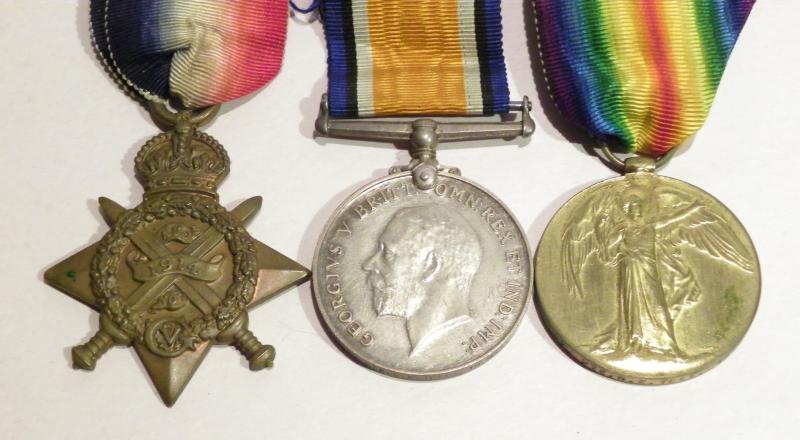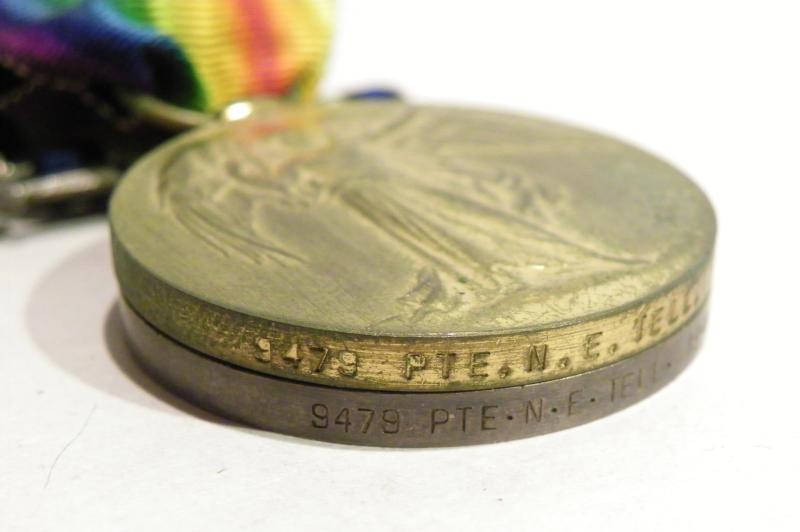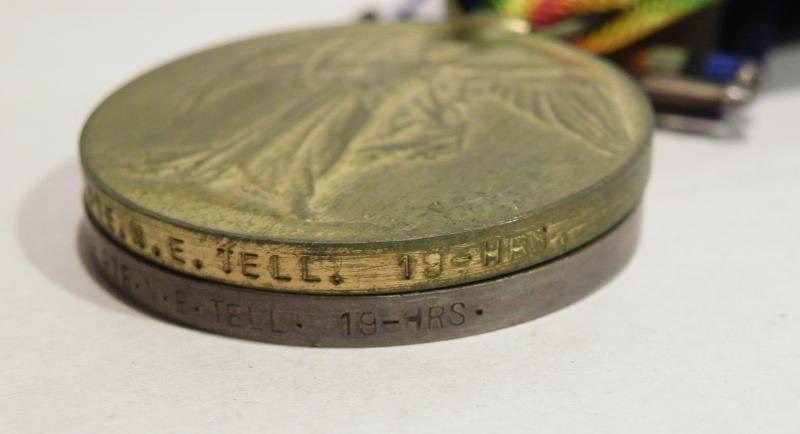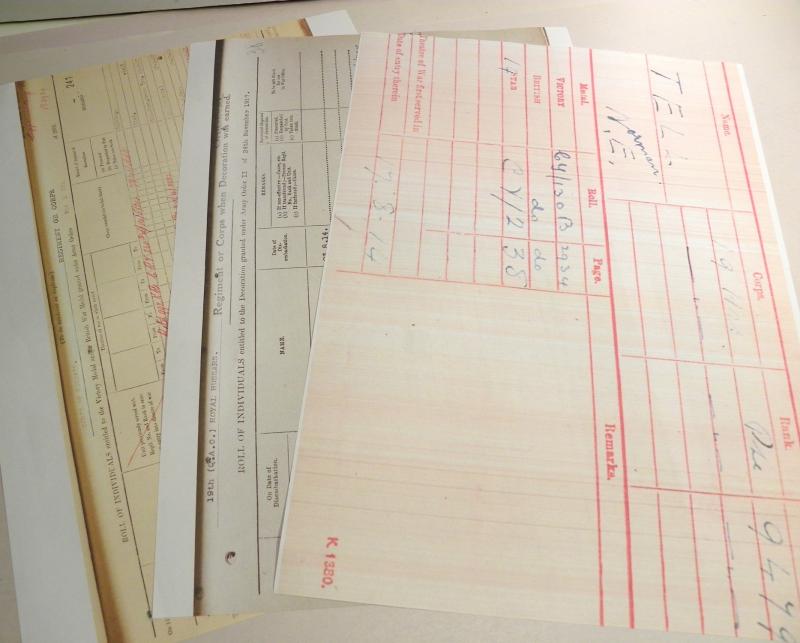1914 Star Trio to Tell 19th Hussars
When the war began in august 1914 the 19th Hussars were at their barracks at Tidworth in Wiltshire. On mobilisation the regiment was split into their three squadrons and used as divisional cavalry. If we look at what date Norman was sent overseas, we can tell he was part of A squadron, embarking on SS Clement from Southampton on the 18th August. They arrive in Rouen a day later being the divisional cavalry for the 5th Division. From their arrival until October they were on recognisance work moving every day at all hours, although they were in the line of falling shells at time to time they were not engaged until the action at La Bassée on the 11th October, where they supported the left flank of the 3rd division and after the battle of Armentières. The end of the year they spent their time near Ypres, here the squadron was dismounted and sent into the trenches.
The regiment was brought together again in April 1915, and attached to the 9th Cavalry Brigade in the 1st Cavalry Division, with whom it served for the remainder of the war. It saw action at the Second Battle of Ypres in spring 1915, gaining battle honours for the Battle of St Julien in April 1915 and the Battle of Frezenberg in May 1915. The regiment went on to fight at the Battle of Flers–Courcelette in September 1916, part of the Battle of the Somme. It also served at the Battle of Cambrai in November 1917, at the Battle of Amiens in August 1918 and at the Pursuit to Mons in autumn 1918. By the Armistice, now remounted, the division was north of Mons, about 9 miles east of Ath on the Fifth Army front. On 16 November 1918, orders were received that the 1st Cavalry Division would lead the advance of the Second Army into Germany. Moving through Namur, the division crossed the frontier on 1 December and on 7 December the brigade reached the Rhine north of Cologne. On 12 December, the brigade crossed the Rhine on the Hohenzollern Bridge and reached its position on the perimeter of the bridgehead the next day.
That is a very brief outline of the 19th hussars. On Norman’s medal roll for the Victory and British war medal; it states he was at some point transferred to the 13th Hussars. The 13th were part of the 7th (Meerut) Cavalry Brigade in the 2nd Indian Cavalry Division in December 1914 for action on the Western Front.39 The regiment then moved to Mesopotamia, with the same brigade, in July 1916. The regiment took part in the Second Battle of Kut in February 1917, the capture of Baghdad in March 1917 and the Battle of Sharqat in October 1918.35 At Sharquat the regiment charged the hill where the Turkish guns were, and made a dismounted charge up it with fixed bayonets, successfully capturing the guns: İsmail Hakkı Bey, the Turkish commander, was aware of the peace talks at Mudros, and decided to spare his men rather than fight or break out, surrendering on 30 October 1918. The regiment remained in Mesopotamia until March 1919 when it returned to India and then to England arriving in April 1919.
To be honest, I can not substantiate an exact timeline for Norman. He could have been transferred in 1916 or even when he returned to England in 1919.
This needs a lot more digging into his service perhaps writing or getting in touch with the regimental archives.
Norman Tell survived the war and was discharged on 17th January 1920. There is a pension card for Norman which states he came from Clapham, London and a date of birth as 4 / 9 / 1879.
All three medals are in very good original condition and come on their original ribbons. They come with various copied documents, including his medal index card, medal rolls and pension index card.
Code: 29275
220.00 GBP






